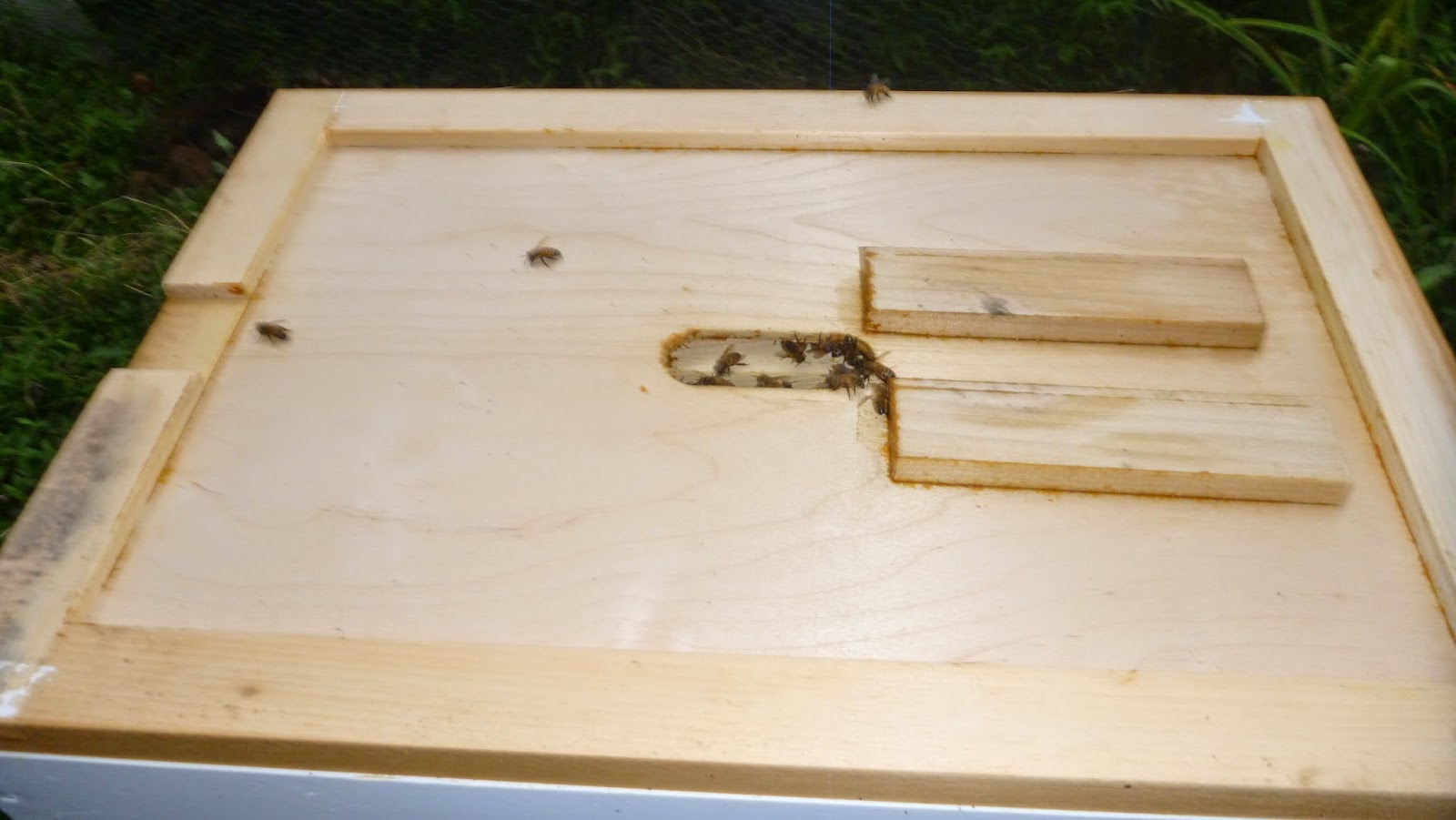Hard to believe that at the same time I am harvesting garlic, I am looking ahead to starting my fall garden! The first Fall frost arrives between October 15 and October 28 in my area. That is about 12 - 14 weeks from now.
Planting a Fall garden allows you to extend your growing season well into December and beyond! Of course we are not talking about Tomatoes and Peppers, or other warm weather plants that need summer's heat. However, many veggies are cold tolerant, such as broccoli, cauliflower, root vegetables, and greens. Throw in a cold frame or two, and you may be harvesting kale in the middle of a snow storm.
Planting a fall garden gives me a second chance to grow veggies that I was unable (due to weather) or to late (do to time) to grow in the spring. If my summer garden was not up to my expectations, a fall garden allows me an opportunity to redeem myself!
Some veggies such as broccoli and cabbage may be better off starting indoors and then transplanting out into the garden. Believe it or not, the soil may be to hot for seed germination! By the time the seedlings are ready, the outdoor temperatures and soil should have cooled off a bit.
Prior to starting my fall garden, I amend the soil with compost and/ or manure. I also water the beds the night before I plant in them. I find that this helps to make the soil easier to work and cools down the planting area.
I plan to grow lettuce, carrots, beets, collards, broccoli, cauliflower, pees, spinach, radishes, kale, and turnips. I will be adding cold frames by early October, which will allow me to "overwinter" some veggies well into spring, giving me a head start on next years garden!






























.JPG)




















